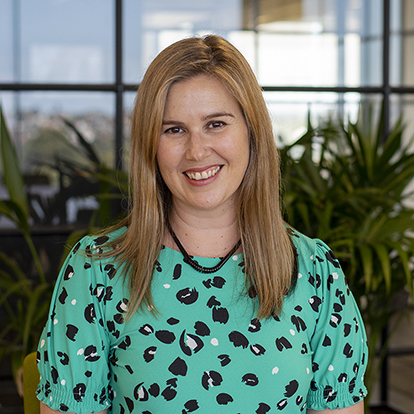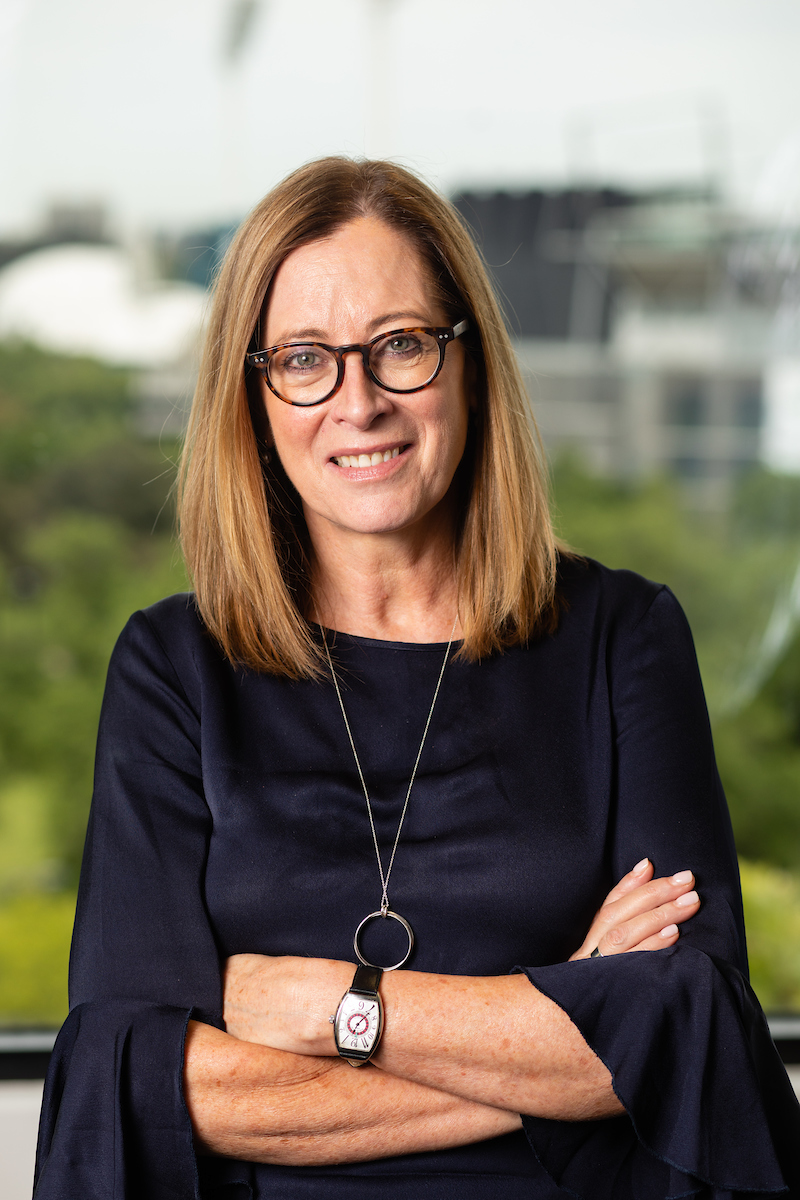Launched in November 2020, Australians Investing in Women (AIIW) is the next evolution of the Australian Women Donors Network. Different name, same objective: to empower giving for a fairer future.

Yes they can! Building new pathways for working women beyond Covid
In this story, we learn how WomenCAN Australia is helping women become work capable and independent by connecting them to training, work, and a community of supportive peers.



